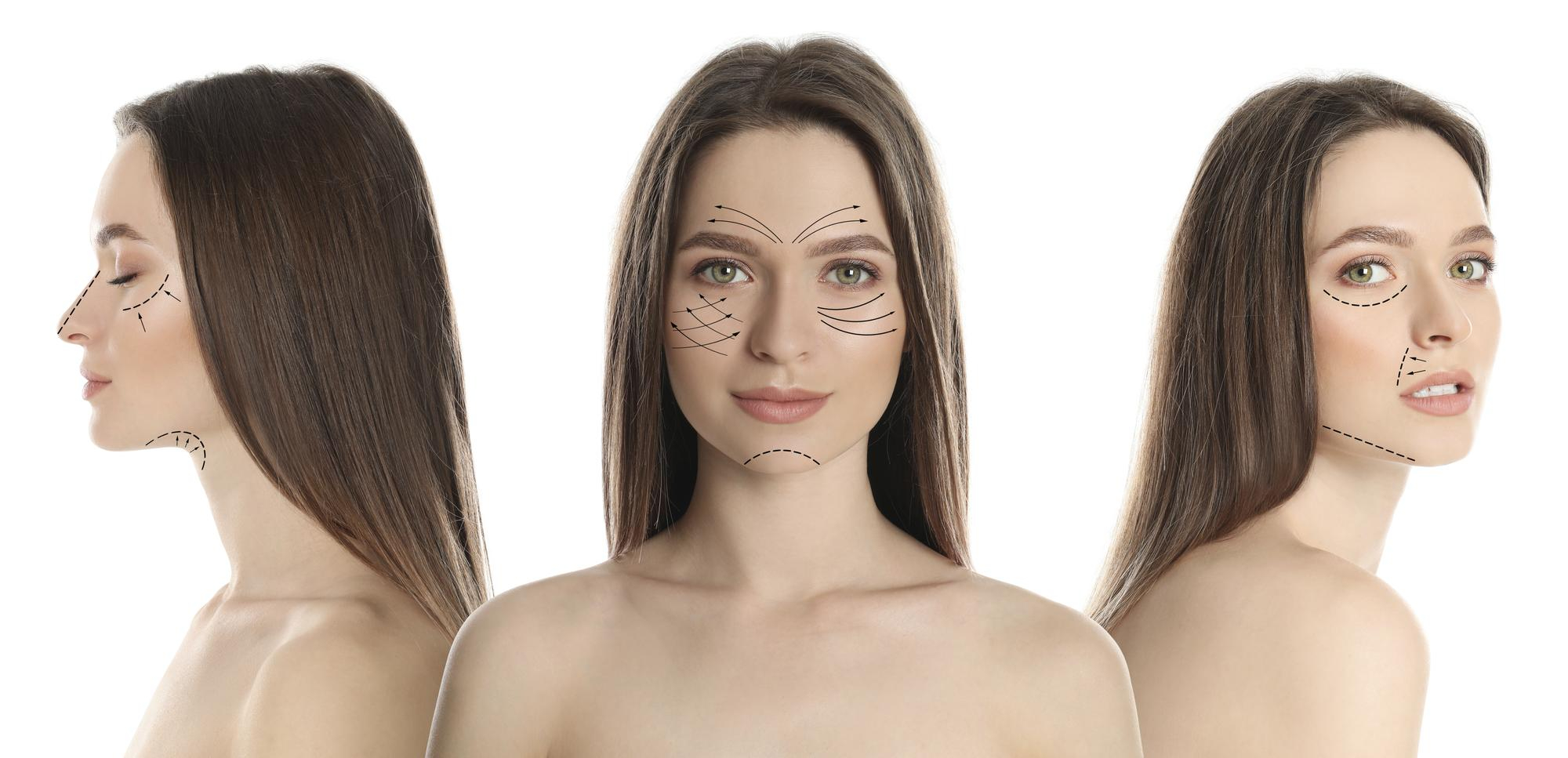If you’ve been battling dark spots, melasma, or uneven skin tone, you’ve probably come across the term laser for pigmentation. This treatment has gained popularity over the past few years because of its precision, effectiveness, and long-lasting results. Whether it’s sun damage or post-acne marks, laser treatments can visibly reduce pigmentation with minimal downtime.
The good news? It’s not as intimidating as it sounds. In fact, it’s a fairly straightforward process that more people are turning to as a reliable solution for clearer skin.
What Exactly Causes Pigmentation?
Pigmentation refers to dark spots or patches on the skin that appear due to an overproduction of melanin. It can be triggered by several everyday factors.
Some common causes include:
- Sun Exposure: Too much UV exposure leads to age spots and sunspots.
- Hormonal Imbalance: Especially during pregnancy or from using birth control pills.
- Post-Acne Scarring: Dark marks left behind after pimples heal.
- Skin Injuries: Cuts, burns, or rashes can sometimes leave pigmented patches.
- Genetics: Some people are simply more prone to uneven pigmentation.
How Does Laser Treatment Help?
Laser technology targets the pigmented areas of your skin by delivering light energy that breaks down the excess melanin. Your body then gradually eliminates these broken-down pigment particles through its natural healing process.
Unlike creams and serums, a laser for pigmentation works from within the skin layers. This allows for a deeper and more effective solution to even the most stubborn marks.
Some of the key benefits of laser treatments include:
- Focused treatment that targets only pigmented areas.
- Quick sessions, often under 30 minutes.
- No damage to surrounding skin when done correctly.
- Minimal to no downtime for most modern devices.
Types of Pigmentation Lasers
There isn’t just one kind of pigmentation removal laser. The type used will depend on your skin tone, condition, and goals. Not all lasers are made equal, and a dermatologist will help choose the right one for you.
Here are some of the most commonly used laser types:
1. Q-switched Nd:YAG Laser
- Best for deeper pigmentation.
- Safe for darker skin tones.
- Often used for melasma and age spots.
2. Pico Laser (e.g., PicoSure or PicoWay)
- Uses ultra-short pulses for precise results.
- Less heat = less risk of side effects.
- Great for stubborn spots.
3. Fractional Laser
- Treats deeper layers and boosts collagen.
- Good for a mix of pigmentation and texture issues.
- Might involve a little downtime.
Each of these is a pigmentation treatment device that dermatologists use based on your individual skin type and concern.
What to Expect During the Treatment
If it’s your first time, it’s natural to be a bit nervous. But here’s the truth—laser treatments for pigmentation are generally simple and well-tolerated.
You’ll likely go through a few steps:
- Your skin is cleansed and prepped.
- Protective goggles are placed over your eyes.
- The laser is applied to the pigmented areas in short bursts.
- A cooling gel or soothing cream is applied afterward.
Most people describe the sensation as similar to a rubber band snap on the skin—slightly uncomfortable but bearable.
Pre and Post-Care Tips
To get the best results and avoid any side effects, there are a few things to keep in mind before and after your laser session.
Before Treatment:
- Stay out of the sun for at least 1–2 weeks.
- Avoid using retinoids or strong acids.
- Inform your doctor about any skin medications you’re taking.
After Treatment:
- Expect slight redness or swelling (usually gone in a few hours).
- Avoid direct sun for several days.
- Use a high-SPF sunscreen daily.
- Don’t pick at scabs or peeling skin.
Consistency with aftercare is just as important as the treatment itself.
How Many Sessions Are Needed?
It’s important to manage expectations. While many people see improvement after just one session, pigmentation often requires multiple treatments.
Here’s a rough idea:
- Light sunspots: 1–2 sessions
- Melasma or hormonal pigmentation: 4–6 sessions
- Acne scars: 2–4 sessions
The deeper or older the pigmentation, the more sessions you might need. Your skin tone and how your skin reacts to the pigmentation removal laser also play a role.
Pros and Cons of Laser Pigmentation Treatment
Like any cosmetic procedure, laser treatments come with both upsides and limitations. Knowing them helps you make a more informed decision.
Pros:
- Fast and noticeable results
- Targets only affected areas
- Long-term effects when combined with proper skincare
- Suitable for a wide range of pigmentation types
Cons:
- Can be expensive, especially if multiple sessions are needed
- Temporary redness, swelling, or sensitivity
- Risk of pigmentation rebound if post-care is ignored
- Not recommended for pregnant women or those with certain medical conditions
Who Is It Best Suited For?
Laser treatment is best for people who:
- Have tried topical creams with little success.
- Want quick and targeted results.
- Can commit to sun protection and aftercare.
- Are not currently dealing with active acne, infections, or very sensitive skin.
A consultation with a certified dermatologist is crucial. They’ll assess your skin and recommend the best pigmentation treatment device for you.
Laser vs. Other Pigmentation Treatments
Laser treatment offers fast and targeted results for pigmentation, often showing visible improvement within 1–3 sessions and with minimal downtime. Compared to chemical peels and topical creams, which require more time and consistency, lasers are more precise and effective for stubborn or deep pigmentation. While home remedies are the slowest and often unreliable, lasers provide a quicker, more professional solution—but usually at a higher cost.
Final Thoughts
Pigmentation doesn’t have to be permanent. Thanks to modern skincare tech, using a laser for pigmentation can be a safe and effective way to reclaim your skin’s clarity. It’s not a magic wand, but with the right expectations, a good professional, and proper care, it can make a real difference.
Just make sure to go to a reputable clinic that uses the correct pigmentation treatment device for your skin tone and concern. And once your skin clears up, don’t forget to maintain it—SPF is your best friend!
For trusted, expert laser treatments, visit PyramidHealthcare. Their team of experienced professionals uses advanced technology to deliver safe, personalized pigmentation solutions tailored to your skin’s needs.
For more interesting blogs, tips, and skincare insights, visit our website and stay informed!
 Skip to content
Skip to content





